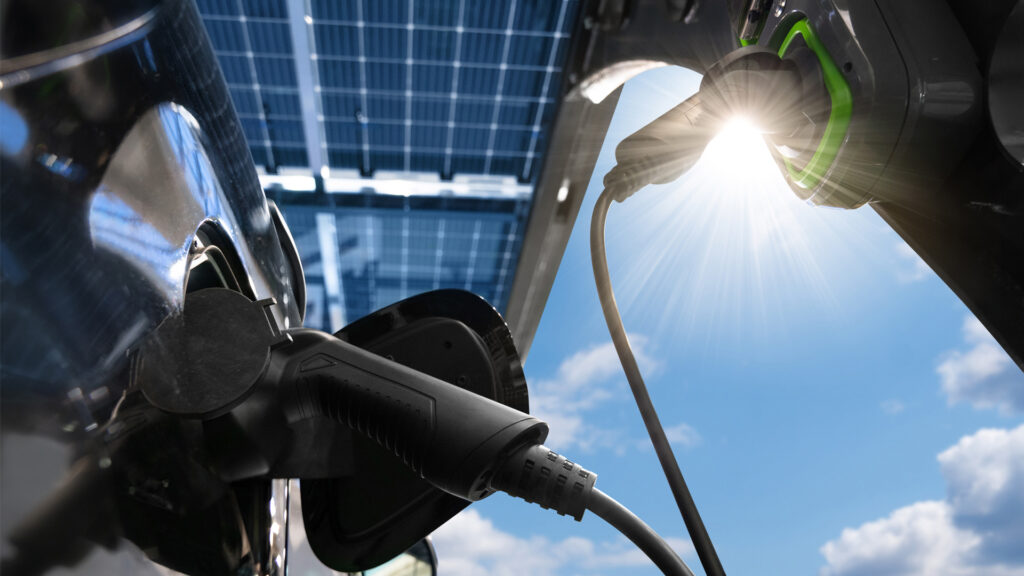By Terry L. Root, Stanford Woods Institute for the Environment
Last year, we experienced the warmest annual average global temperature since 1850, when records began. July 2023 was the hottest month ever recorded, and the 10 months from June 2023 to March 2024 were the hottest ever recorded for each of those months.
From the first Earth Day in 1970 to 2023, the average springtime temperatures across the United States warmed 2.2 degrees Fahrenheit, while over the same period Tampa warmed 4.2 degrees. Likewise, unprecedented warming of sea surface temperatures is resulting in mass bleaching of tropical coral reefs and rising sea levels due to thermal expansion of water.
Greenhouse gas emissions cause this rapid warming. From 1750 to 2022, the U.S. emitted 427 billion metric tons of carbon dioxide, while China was the next highest at 261 billion. For the past 800,000 years, carbon dioxide concentrations never exceeded 300 parts per million, yet it is currently over 415. Likewise, methane, a highly potent greenhouse gas, was never over 800 parts per billion, but is now over 1,850. On our present pathway, the average global temperature in 2100 could be 5.4 degrees Fahrenheit above levels recorded in the 1800s, when humans had no such influence on the climate.

Globally, plants and animals respond to warmer springs. Some of you have noticed daffodils blooming earlier in spring. Many birds are breeding earlier. Additionally, a host of species are shifting their ranges into cooler regions, moving poleward, up in elevation and deeper in the oceans. Unfortunately, moving to find livable habitats puts species at risk. For example, a north-shifting butterfly in Baja California went extinct because it could not traverse Tijuana and San Diego. To help species survive in our cities, we can all plant more native plants. When my husband and I planted native flora in our front yard, butterfly species went from three to 12 almost overnight.
In 2007, the United Nations Intergovernmental Panel on Climate Change concluded when average global temperature goes up 3.6 degrees Fahrenheit above natural levels, a quarter of the planet’s species would likely go extinct. This prediction, however, was wrong. Extinctions are occurring more quickly than expected. Reaching 3.6 degrees above natural levels will likely instigate the extinction of half the globe’s species.
Other than planting native plants, what can we do? Thankfully, President Joe Biden’s Inflation Reduction Act is increasing solar and wind energy generation and curtailing greenhouse gas emitted from oil and gas sources. Furthermore, each of us can help decrease emissions in four important energy sectors.
To reduce emissions from electricity generation (about 25% of total U.S. emissions), please support wind and solar farms, and install rooftop solar, the funding for which can be offset by money from the Inflation Reduction Act. Additionally, when replacing appliances such as water heaters and stoves, replace them with electric ones that carry a high Energy Star (EnergyStar.gov) rating.
To reduce emissions from transportation (about 28% of U.S. total), your next car can be a plug-in — either full electric or a plug-in hybrid getting at least 40 miles per gallon of gasoline-equivalent, often referred to MPGe. (This is how many miles an electric car can travel on an amount of energy equal to what’s contained in a gallon of gasoline, according to the EPA.) If you install rooftop solar, your daily travels can be emission free. Even without rooftop solar, the Inflation Reduction Act ensures your emissions will be significantly lower. It also provides financial incentives to buy plug-in cars.
To reduce emissions from agriculture (about 10% of the U.S. total), we all can go meatless and dairy-less at least three to four days a week. As a bonus, a plant-based diet improves our health. Pets need to avoid eating beef and lamb, too.

Emission reductions from the residential and commercial sector (about 13% of the U.S. total) is an easy fix because builders know how to construct zero-emitting buildings. Higher building costs, however, make some contractors reluctant to build energy-efficient homes. Therefore, building codes must be changed, which means talking to our elected officials, a task we all can do.
Emissions from industry account for about 23% of the U.S. total. The Inflation Reduction Act plans to cut those emissions by 13% by 2030. Individuals can do little to help directly in this sector. We can, however, decrease greenhouse gas emissions by reducing the amount of plastic we use. For every pound of plastic produced, 6 pounds of carbon dioxide is emitted. Additionally, we can remove greenhouse gas from our atmosphere by asking organizations like CoolEffect.org to offset our carbon footprints by planting lots of native trees.
By taking these actions, we help facilitate a paradigm shift in energy generation and use. This shift, in turn, can help create both the political and personal will to sustain the major changes needed to help save our fragile planet.
Terry L. Root, senior fellow emerita at the Stanford Woods Institute for the Environment at Stanford University, primarily studies how wild animals and plants are affected by climate change, with a current focus on the possible mass extinction of species with warming. She was a lead author of an assessment report of the Intergovernmental Panel for Climate Change, a body of the United Nations, in 2007 when it was co-awarded the Nobel Peace Prize with former Vice President Al Gore. She served on the National Audubon Society Board of Directors from 2010 to 2016 and is assistant secretary for the nonprofit.
This opinion piece was originally published by the Tampa Bay Times, which is a media partner of The Invading Sea. If you are interested in submitting an opinion piece to The Invading Sea, email Editor Nathan Crabbe at nc*****@*au.edu. Sign up for The Invading Sea newsletter by visiting here. To learn more about greenhouse gas emissions. watch the video below.



